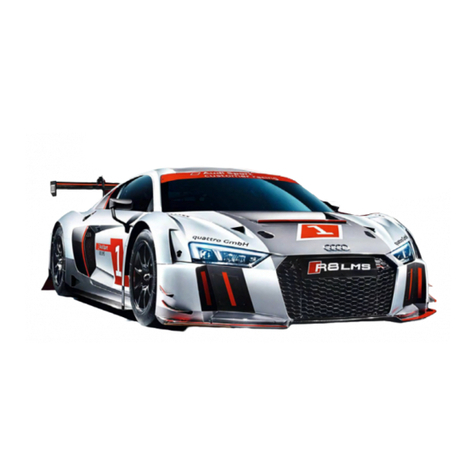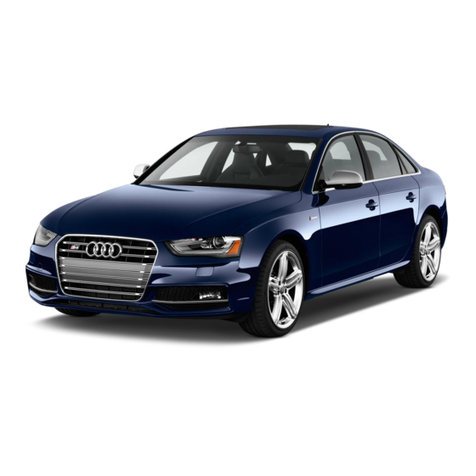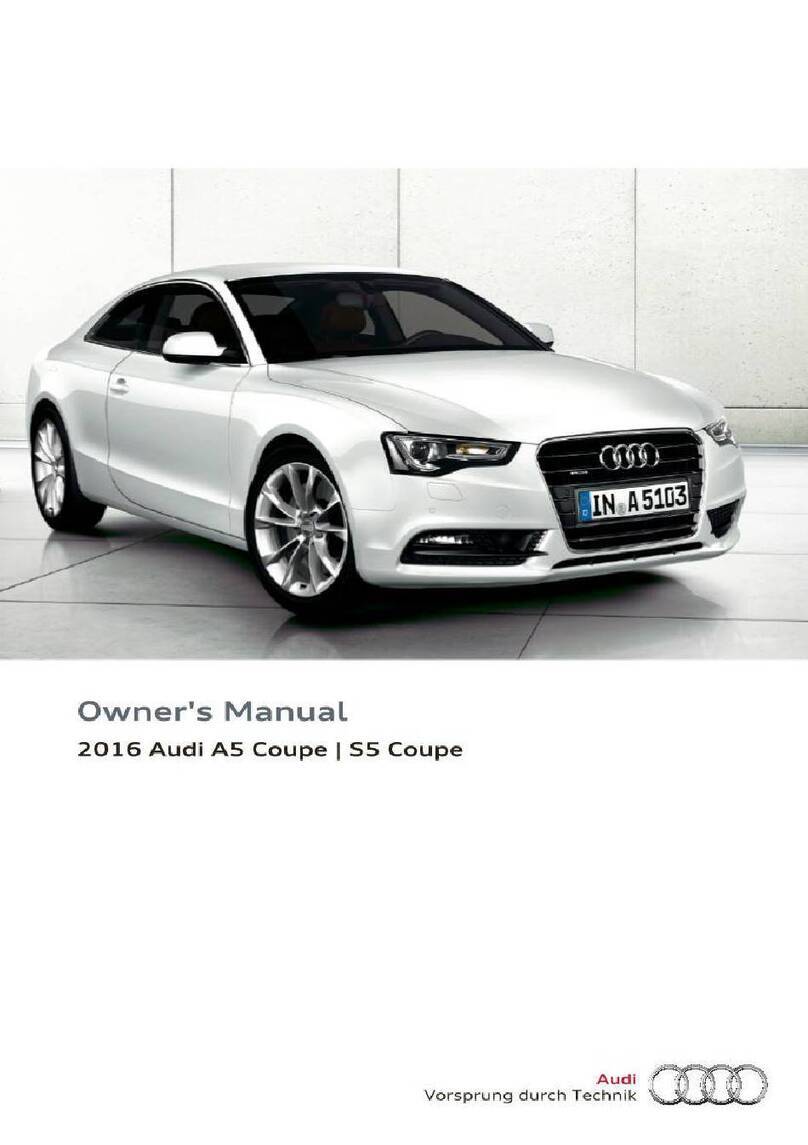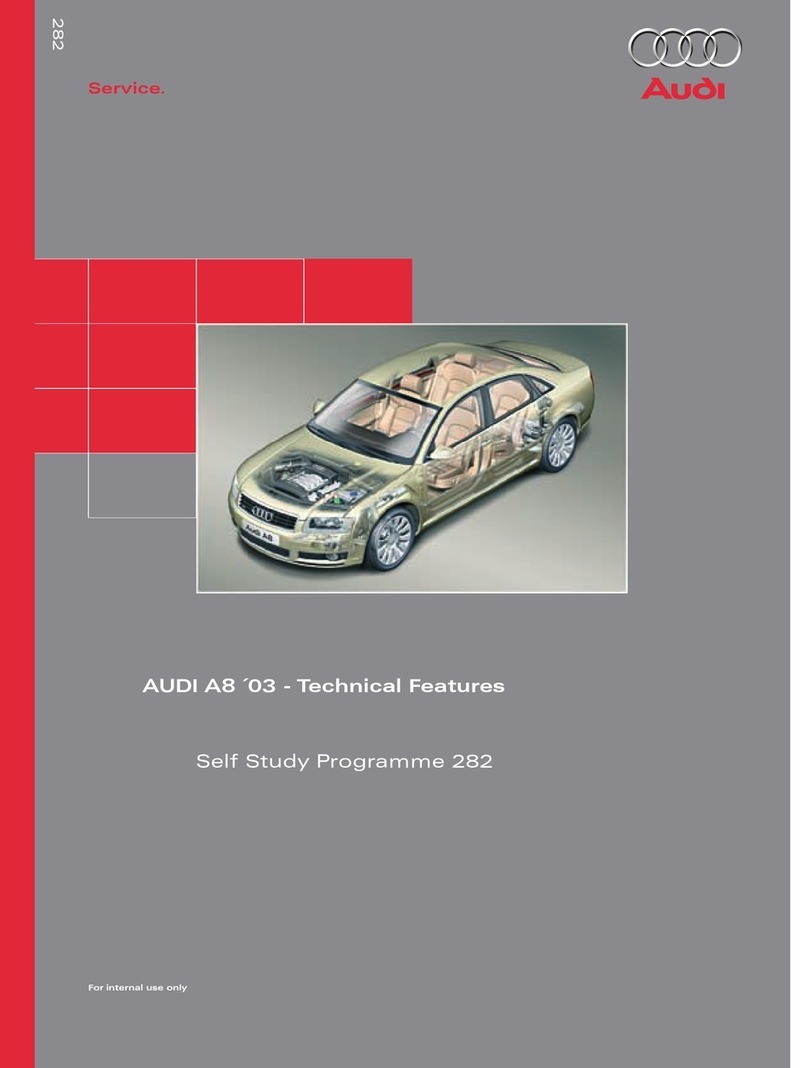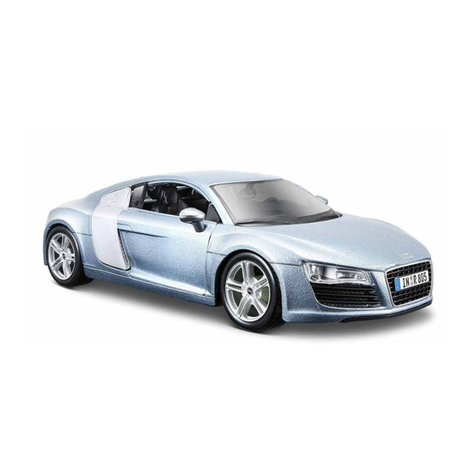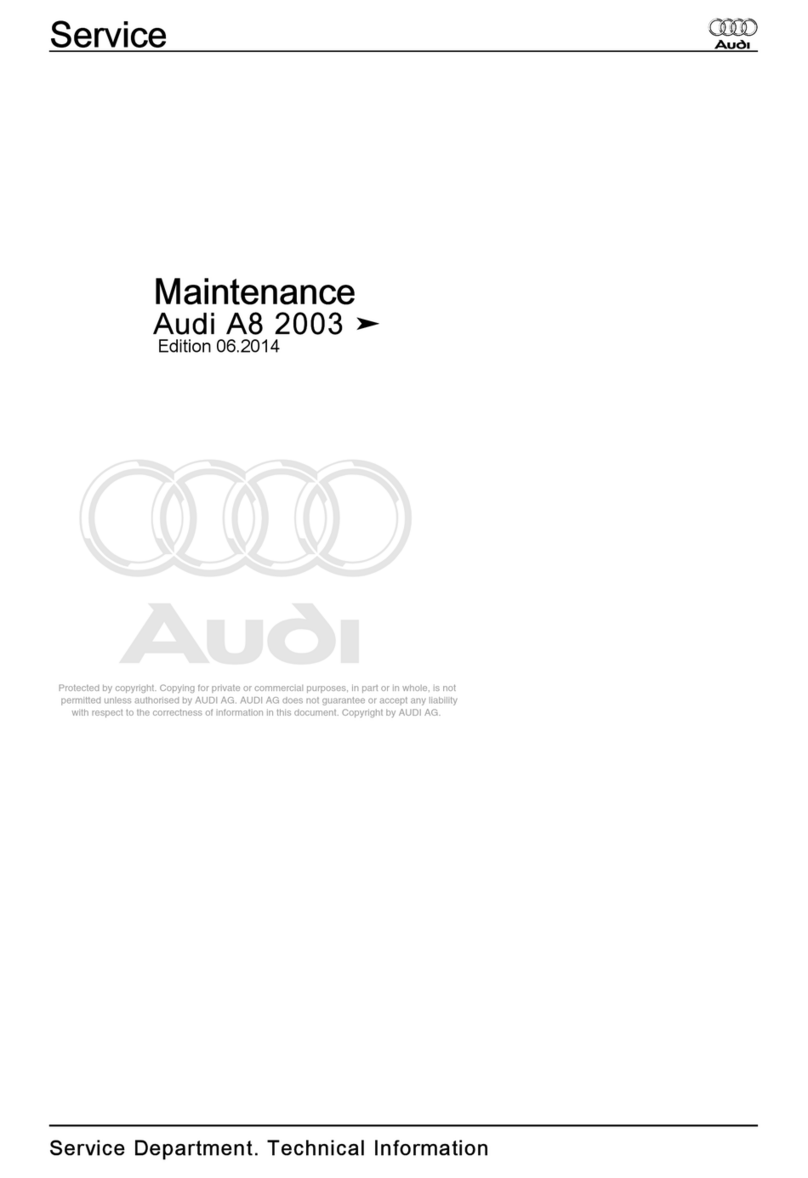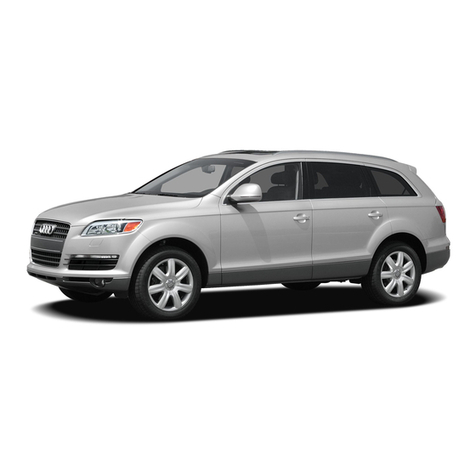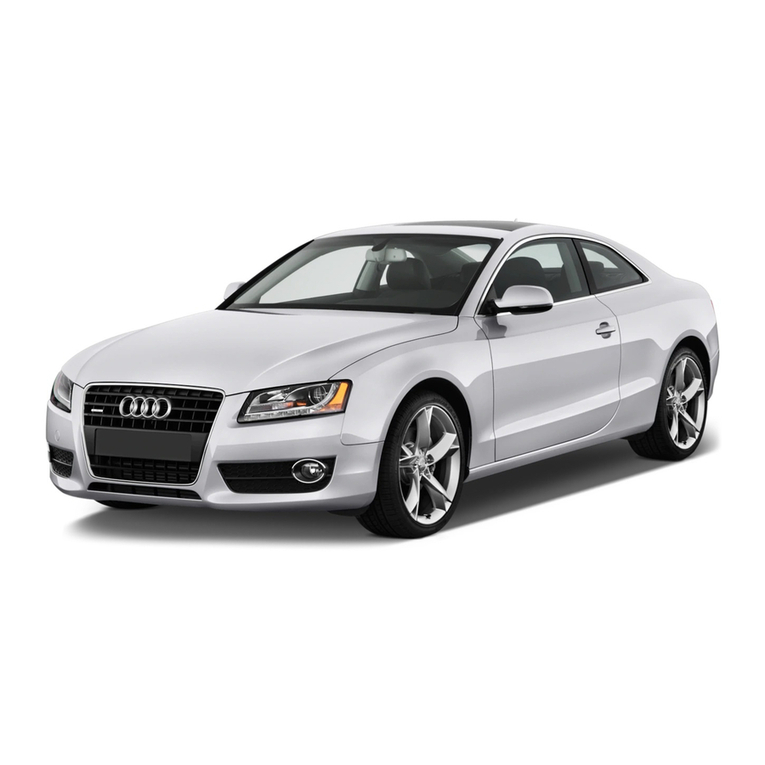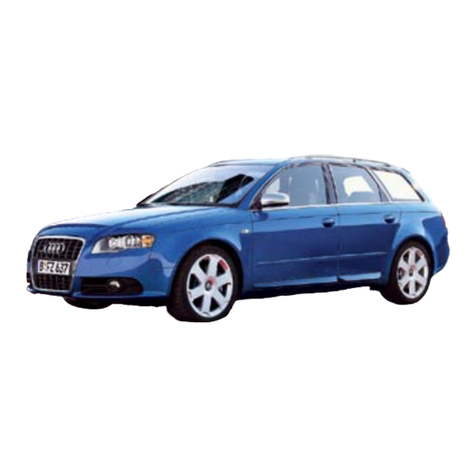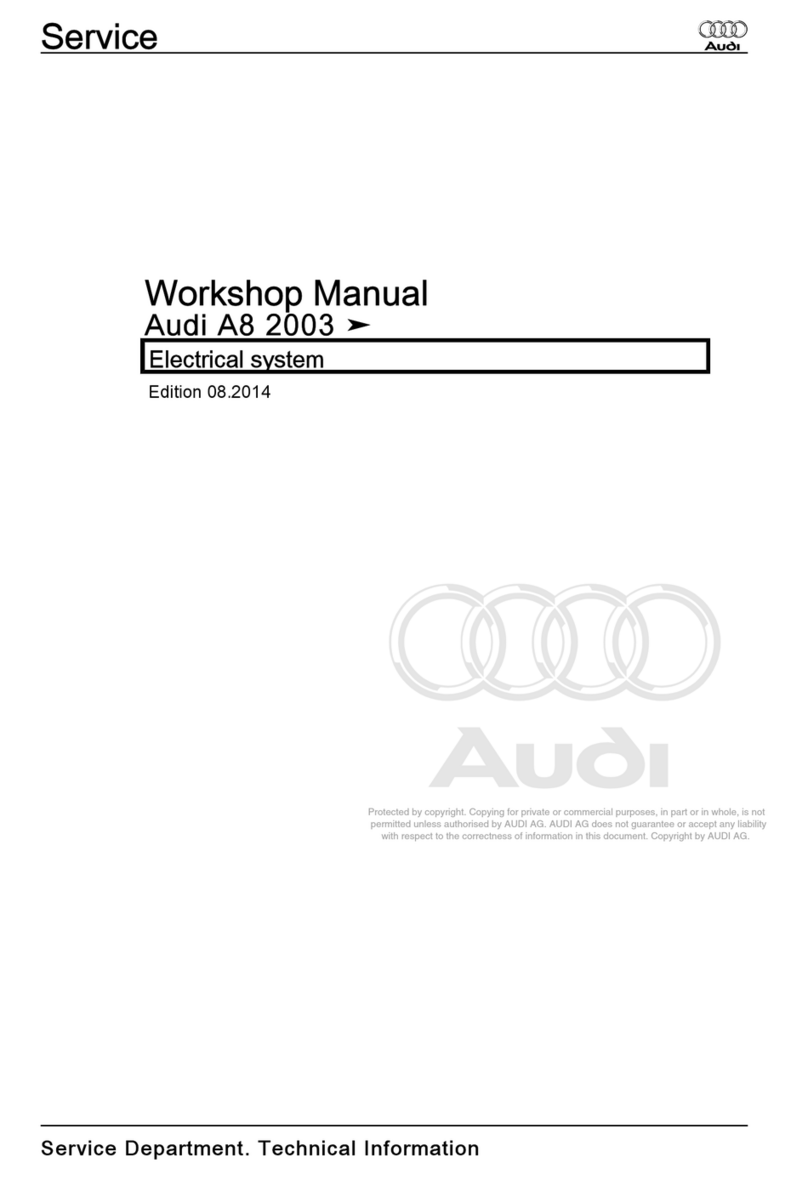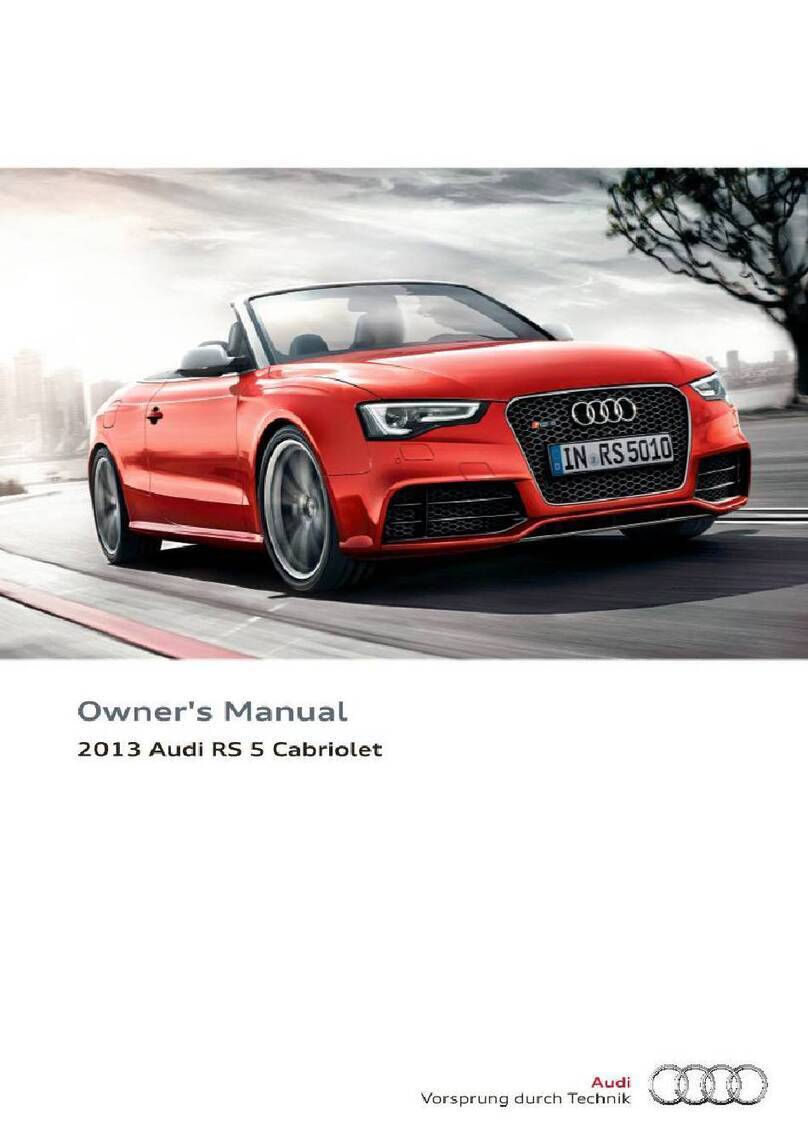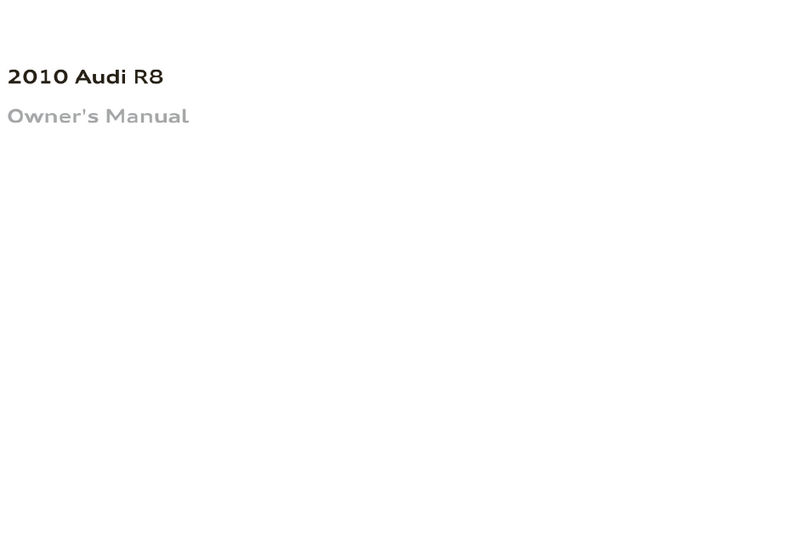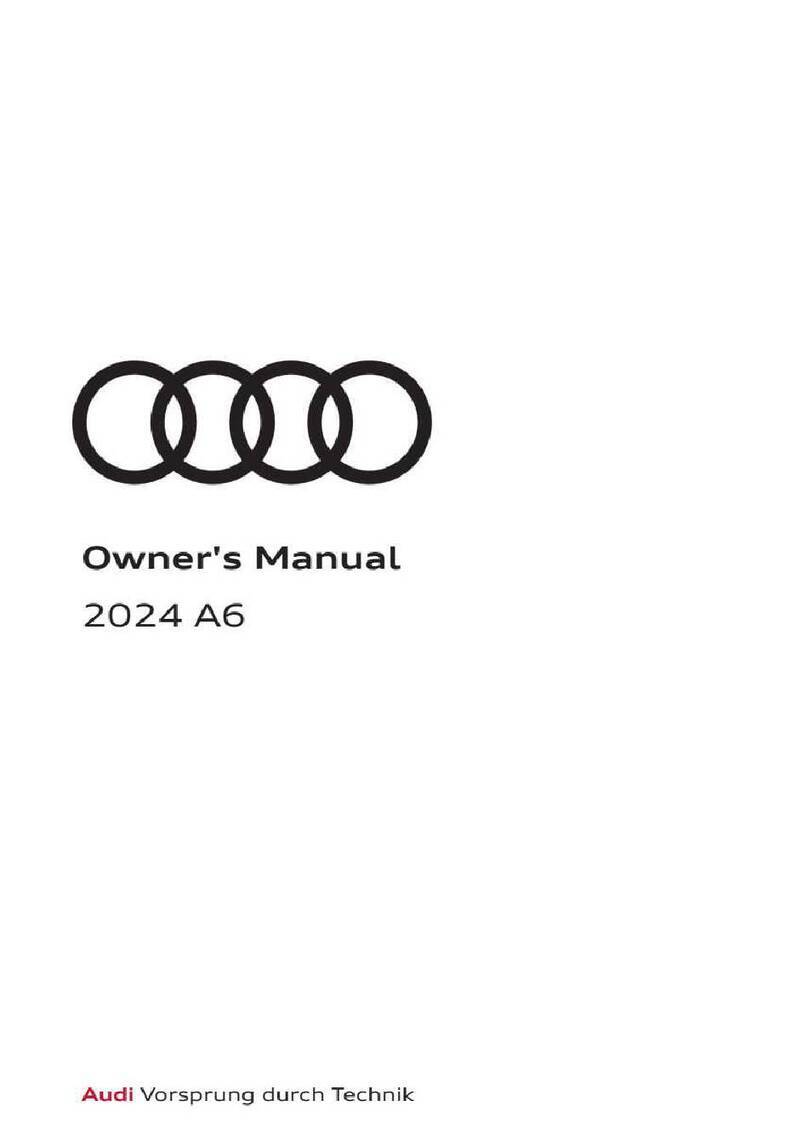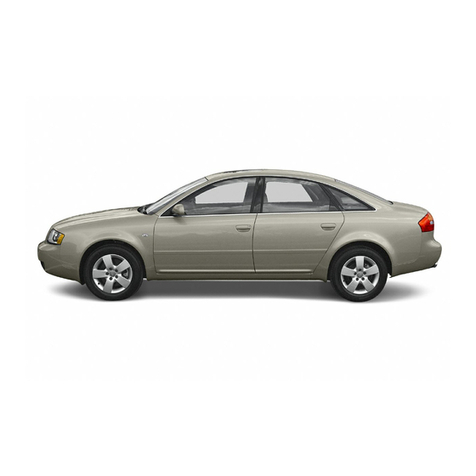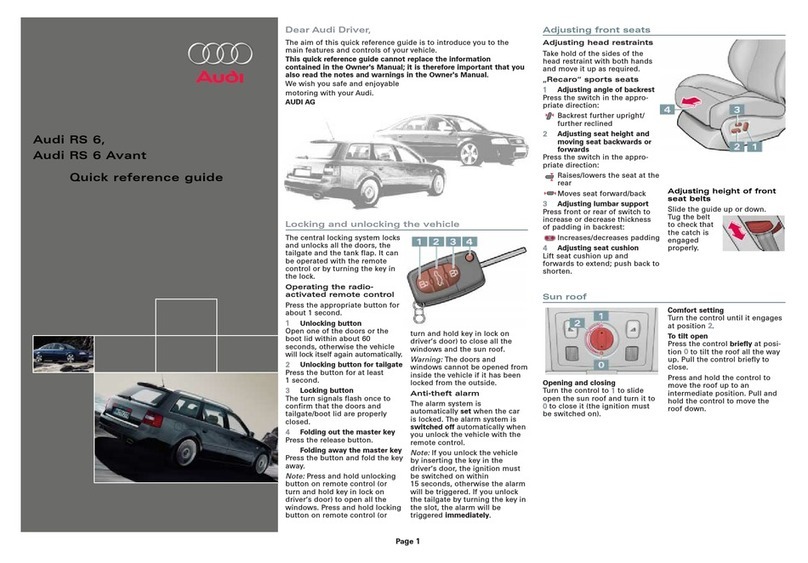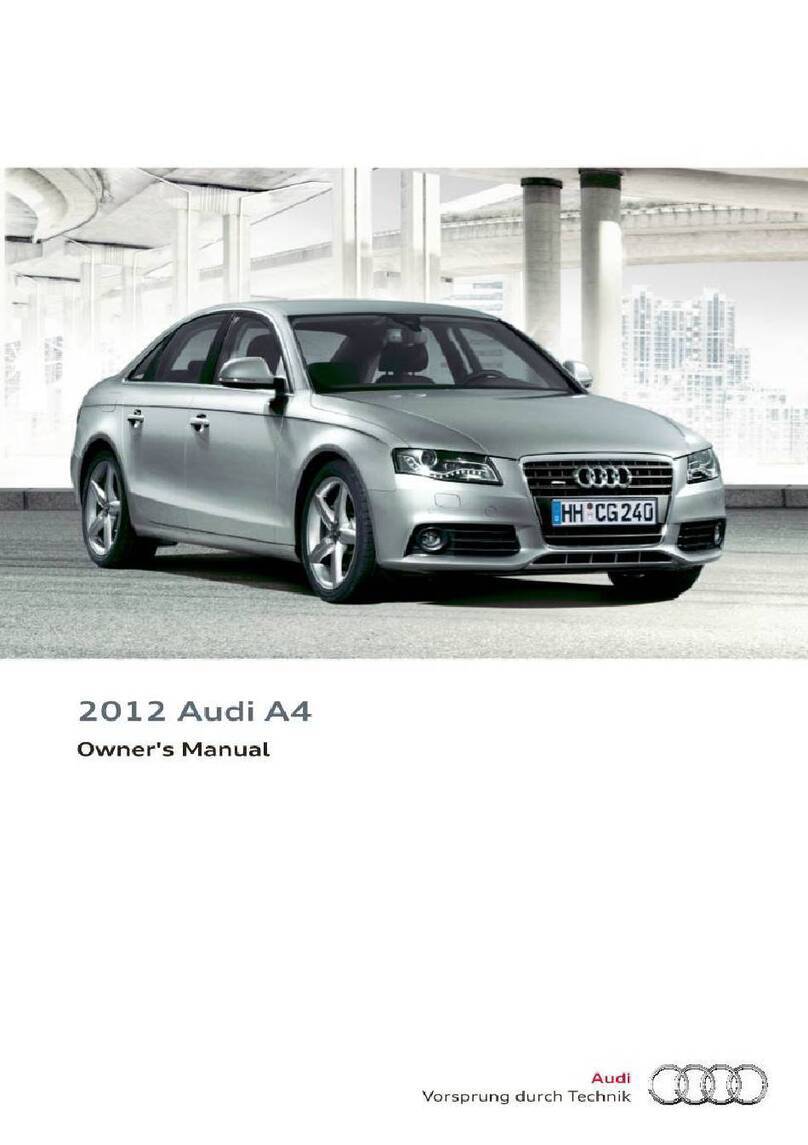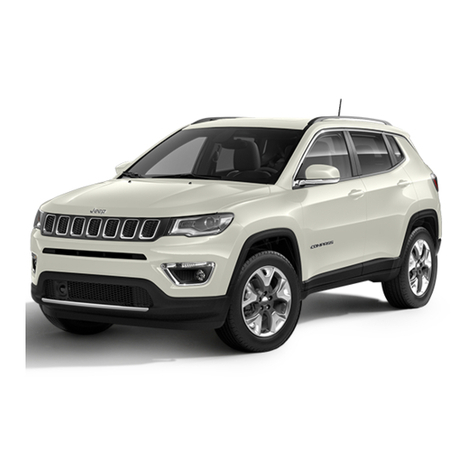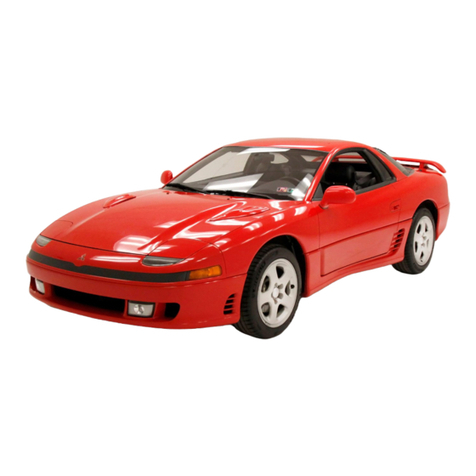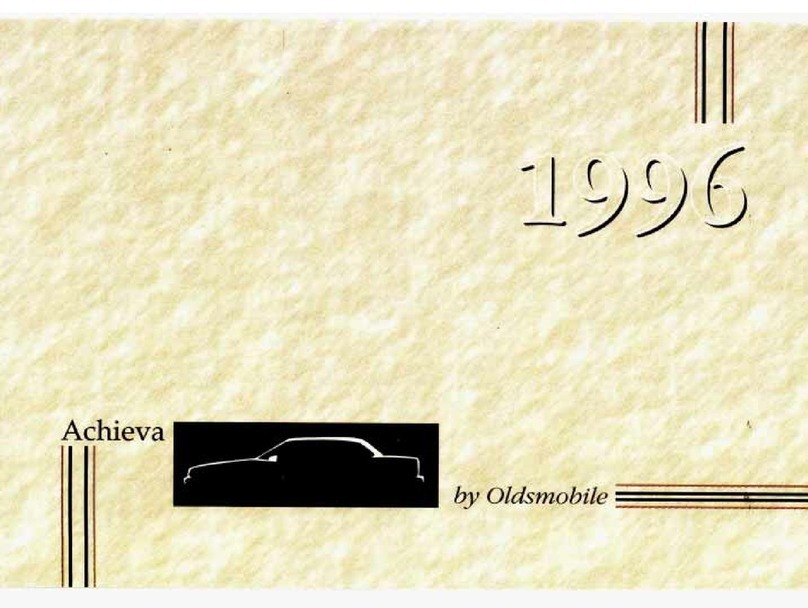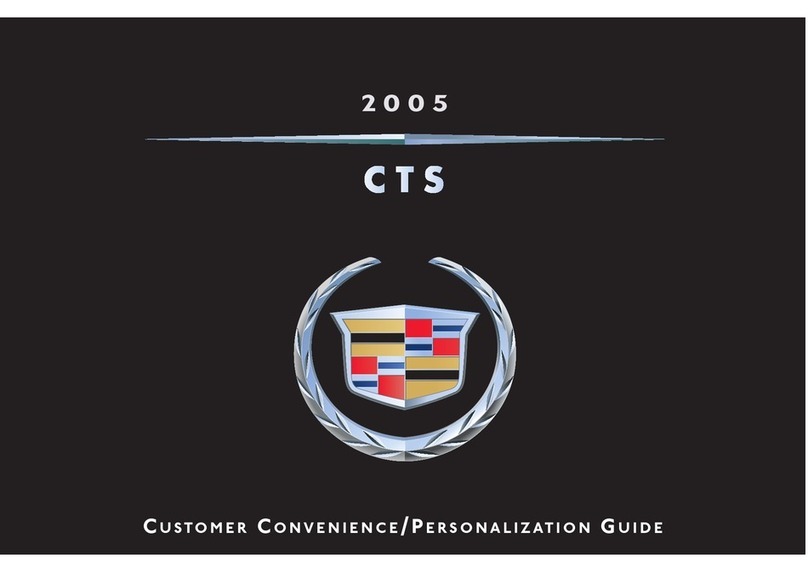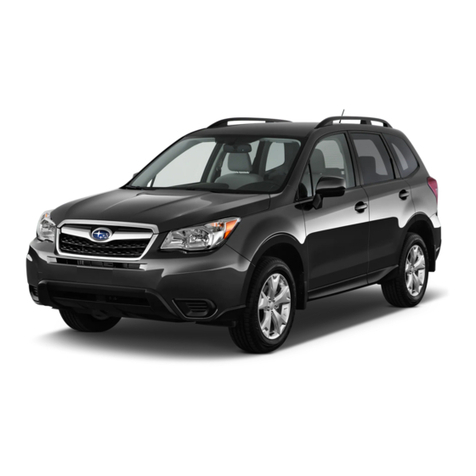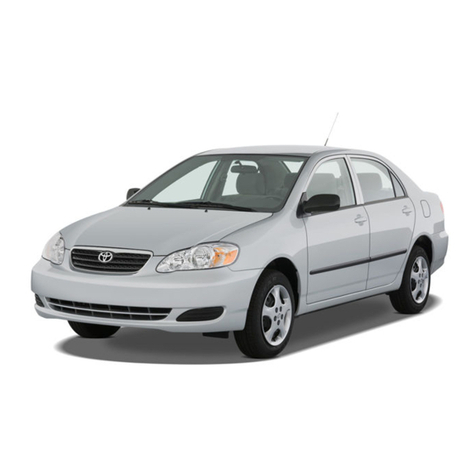2
TabLe
of
contents
TabLe
of
contents
VehicLe
literature
.
About
this
Owner's
ManuaL
...
ControLs
and
equipment
.
Cockpit
···
.
General
illustration
......•......
Instruments
and
warning/
indicator
lights
.
Instru
ments
.
Warning/indicator
lights
.
Driver
information
system
.
Introduction
.
Trip
computer
.
Menu display .
Engine
oil
temperature
display .
Efficiency program .
Service
interval
display .
Boost and engine
oil
temperature
indicator .
Lap
timer
.
Speed warning system .
On-Board Diagnostic system
(OBD)
.
Opening
and
closing
.
Keys
. .
Power locking system .
Rear
lid/trunk
lid .
Anti-theft
alarm system .
Power windows
.............•....
CLear
vision
.
Lights .
Interior
lights
............•.......
Vision .
Mirrors .
Wiper
and washer system
....•...
Digital
compass
..
. . . .
..
. .
Seats
and
storage
.
General recommendations .
Adjusting
front
seats manually .
Power seats .
Lumbar
support
.
Head restraints .
Rear seats .
5
6
8
8
8
la
la
12
23
23
24
25
27
28
29
29
30
31
33
35
35
37
41
42
43
45
45
48
49
50
51
55
57
57
58
59
61
61
62
Luggage
compartment
....•.......
Roof rack .
Cup
holder
.
Ashtray .
Cigarette
lighter/socket
.
Storage
................•........
Warm
and
coLd
.
Climate controls .
Rear
window
defogger .
Heated seats .
On
the
road
.
Steering .
Ignition
lock and
ignition
switch .
5tarting
and stopping
the
engine .
Parking brake .
5tarting
on
hills .
Cruise
control
.
Audi
magnetic
ride .
5port
mode .
Acoustic parking system .
Transmission
.
Manual transmission .
S
tronic
transmission .
HomeLink®
. . . . .
Universal remote
control
.
Safety
first
.
Driving
SafeLy
~
.
General notes '\. .
Proper occupant seating positions .
Driver and passenger
si
de
footwell
.
Pedal area .
Stowing luggage .
Reporting Safety Defects .
Safety
beLts
.
General notes
.............•......
Why
safety belts? .
Safety belts .
5afety
belt
pretensioners .
Airbag
system
.
Important
things
to
know .
Front airbags .
63
64
66
67
67
68
70
70
74
74
75
75
75
76
77
78
79
80
81
81
83
83
83
90
90
93
93
93
94
98
98
99
101
103
103
104
107
109
111
111
115
Monitoring
the
Advanced Airbag
5ystem
122
Knee
airbags.
..................
..
126
Side
airbags.
. . . . . . . . . . . . . . . . . .
..
129
ChiLd
Safety
133
Important
things
to
know ........
..
133
Child safety seats ...............
..
138
Installing
achild safety seat ......
..
143
LATCH
Lower anchorages and
tethers
for
children ....................
..
146
Additional
Information
151
Vehicle
operation
153
InteLligent
technoLogy
......
..
153
Notice
about
data recorded by vehicle
control
modules.
...............
..
153
Electronic stabilization program
(ESP)
153
Rear
spoiler
156
Braking .......................
..
156
Electro-mechanical power assist ...
..
158
Driving
with
your
quattro®
158
Energy
management.
...........
..
159
Driving
and
environrnent
.....
162
The
first
1,000
miLes
(l,500
km) and
afterwards
162
Avoid damaging
the
vehicle . . .
163
Driving
through
water
on
roads
.....
163
CataLytic converter ..............
..
163
Operate your vehicle economically and
minimize
pollution.
.............
..
164
Trailer
towing
..................
..
166
Vehicle
care
167
CLeaning
and
protection
167
GeneraL
information
167
Care
of
exterior
167
Care
ofinterior
........•..........
172
FueL
suppLy
and
fiLling
your
fueL
tank.....
.
....
...
. .
.... ....
178
Gasoli
ne
. . . . . . . . . . . . . . . .
..
178
FueL
tank.
. . . . . . . . . . . . . . . . . . . . . .
179
Checking
and
fiLling
. . . . . . . . .
..
182
Engine hood . . . . . . . . . . . .
..
182
Engine
oil
. • . . . . . . . . . .
..
184
Engine cooling system .
Brake
fluid
.
Battery .
Windshield/headlight
washer
container .
Tires
and
wheeLs
.
Tires .
Tire pressure
monitoring
system .
Run-flat tires .
Do-it-yourseLf
service
.
What
do
1
do
now?
.
Vehicle
tool
kit
...........•.......
Tire repair .
What
should lbe aware
ofwhen
changing atire? .
Fuses
and
buLbs
.
Electrical fuses .
Bulbs
....
Emergency
situations
.
General .
5tarting
by
pushing
or
towing
.
Starting
withjumper
cabLes
.
Use
of
jumper
cables .
Emergency
towing
with
commercial
tow
truck
.
Lifting vehicle .
TechnicaL
data
.
GeneraL
information
.
Explanation
of
t,:chnical data .
Vehicle
identification
.
Weights .
Dimensions .
189
191
192
196
198
198
216
219
222
222
222
222
225
230
230
233
2~4
234
234
234
235
236
239
240
240
240
240
240
241
